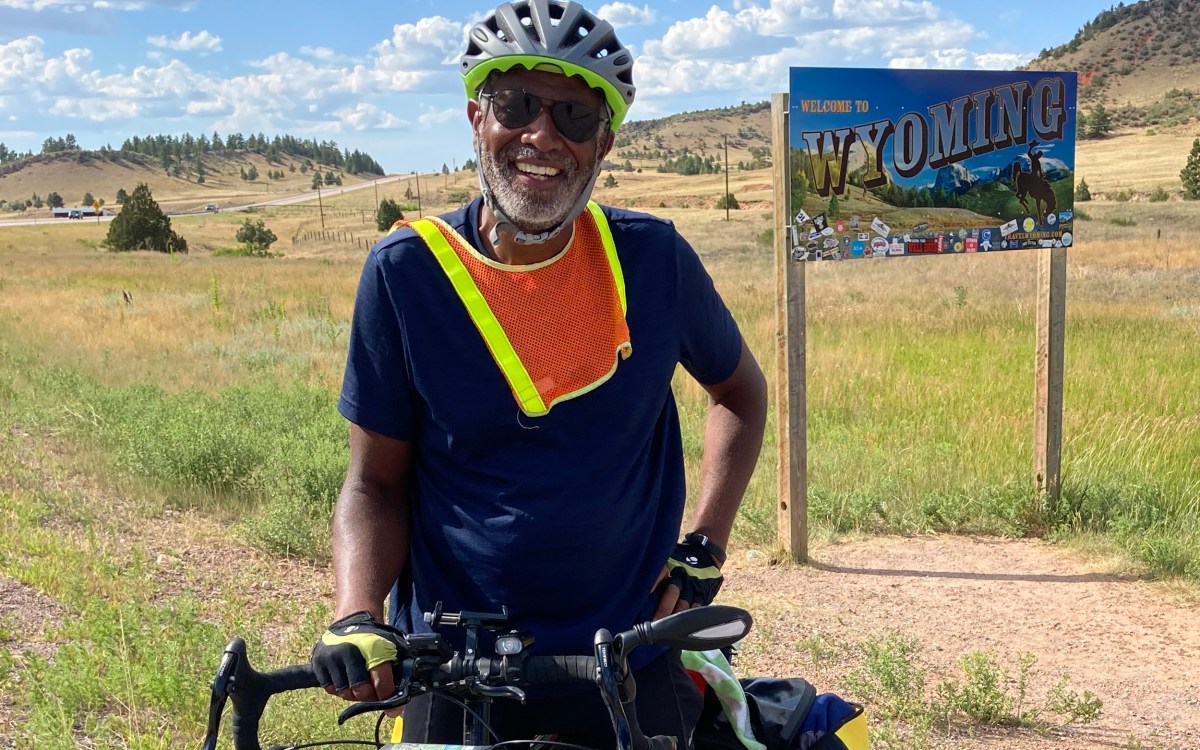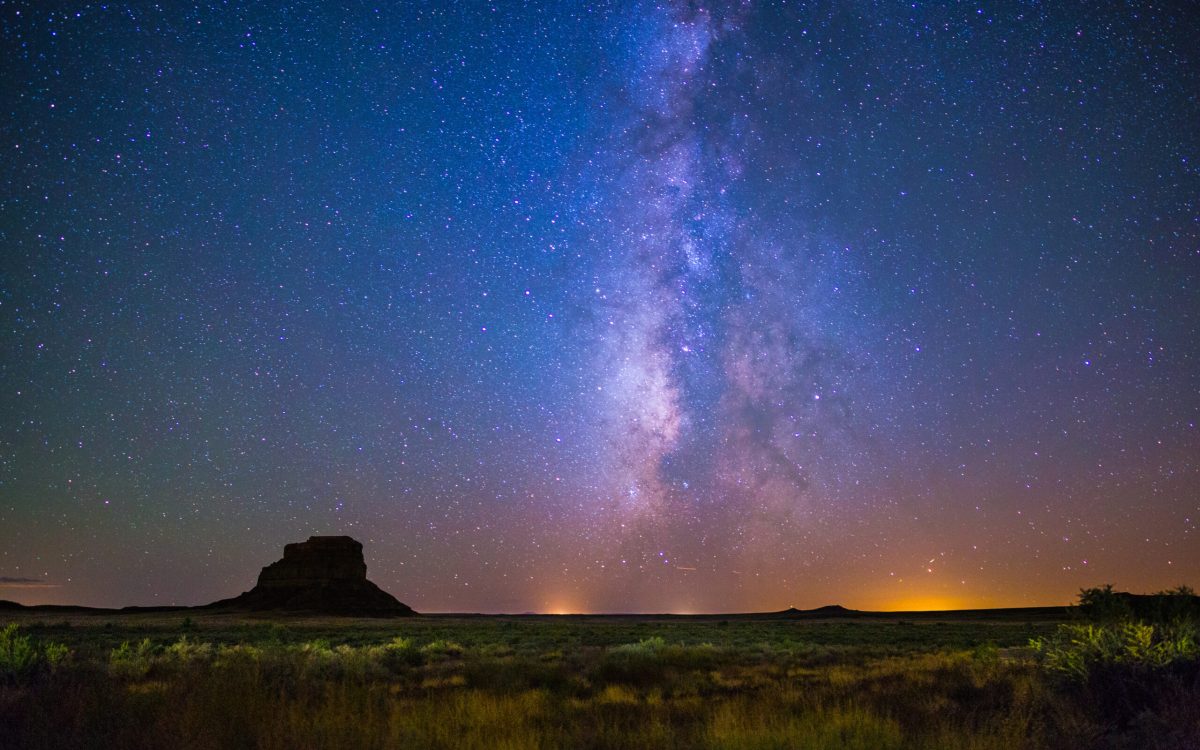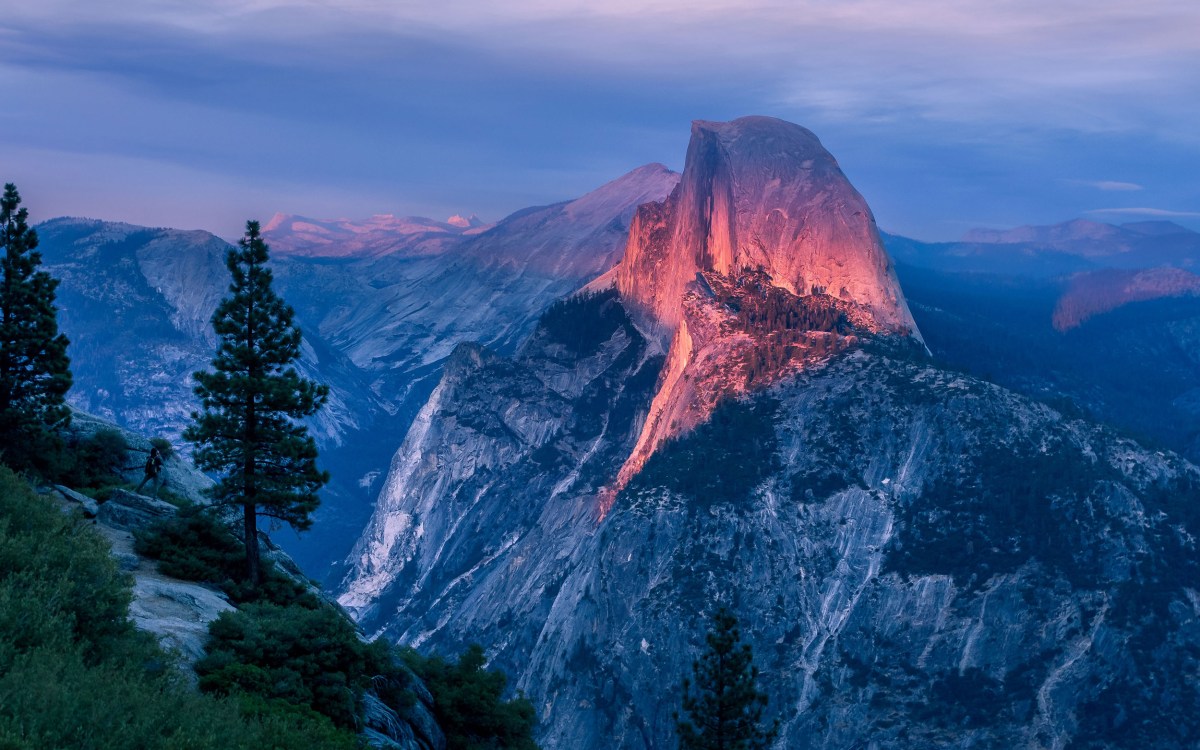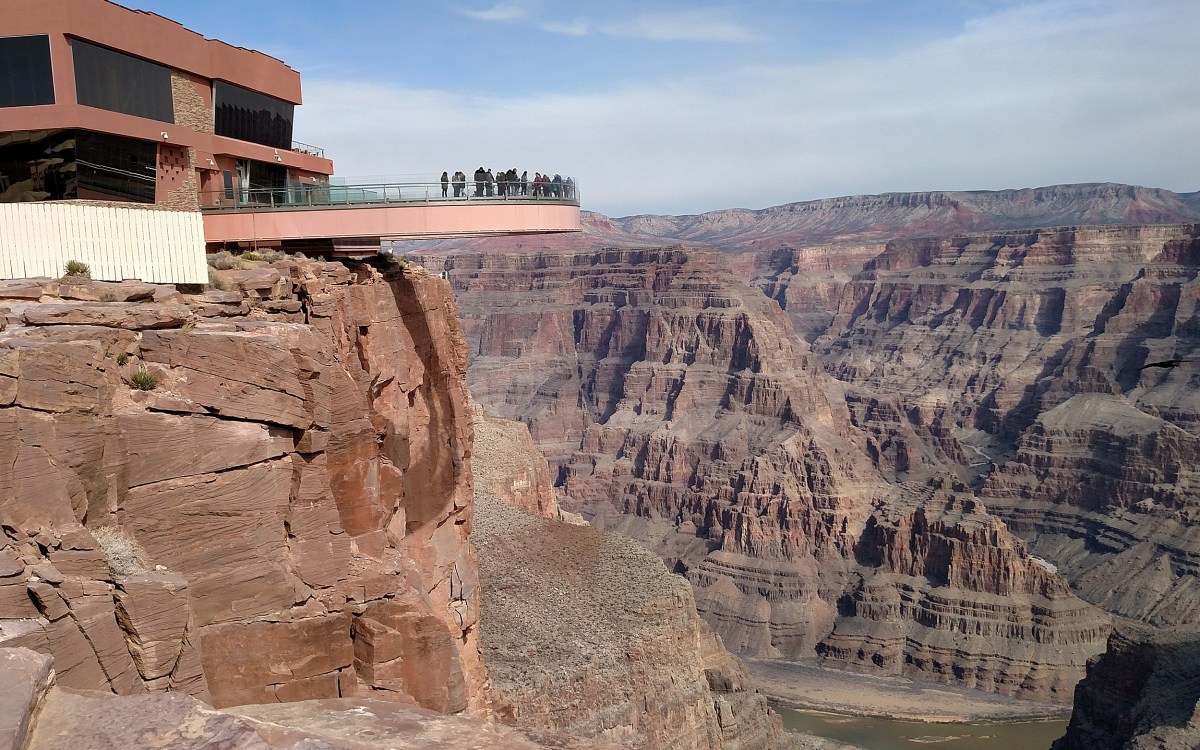
Tourists at Yellowstone National Park.
Matthew Brown/AP file photo
How did ‘the great outdoors’ get so exclusive?
Millions visit our national parks each year. Most are white. Panelists explore why ‘America’s best idea’ isn’t winning over people of color.
“Spring is here. It’s warm. We want to be outside, but we also know for some groups of us, being outdoors is a little bit more complicated,” said Harvard lecturer and postdoctoral research fellow Marya T. Mtshali, kicking off a recent Ash Center talk on structural racism in America’s national parks.
Mtshali was joined by Tyrhee Moore, founder and executive director of the outdoor recreation nonprofit Soul Trak, and Reginald Chapple, division chief for the National Park Service.
The 84-million-acre national park system that Chapple’s agency oversees — famously referred to as “America’s best idea” — was inspired by a rejection of urbanization and made possible by confiscating Native lands, said panelists. Leaders in the movement for the parks’ creation included Madison Grant — a well-known conservationist and eugenicist — and John Muir, the Sierra Club founder whose documented racism against Indigenous and Black people has forced the organization into its own reckoning.
“The spaces themselves were created almost like a space for purity and cleanliness, because urban spaces were seen as dirty and populated by immigrants and people of color,” Moore said. “For a long time, Black people only had access to eight national parks and, still, many marginalized Americans don’t have a connection to nature.”
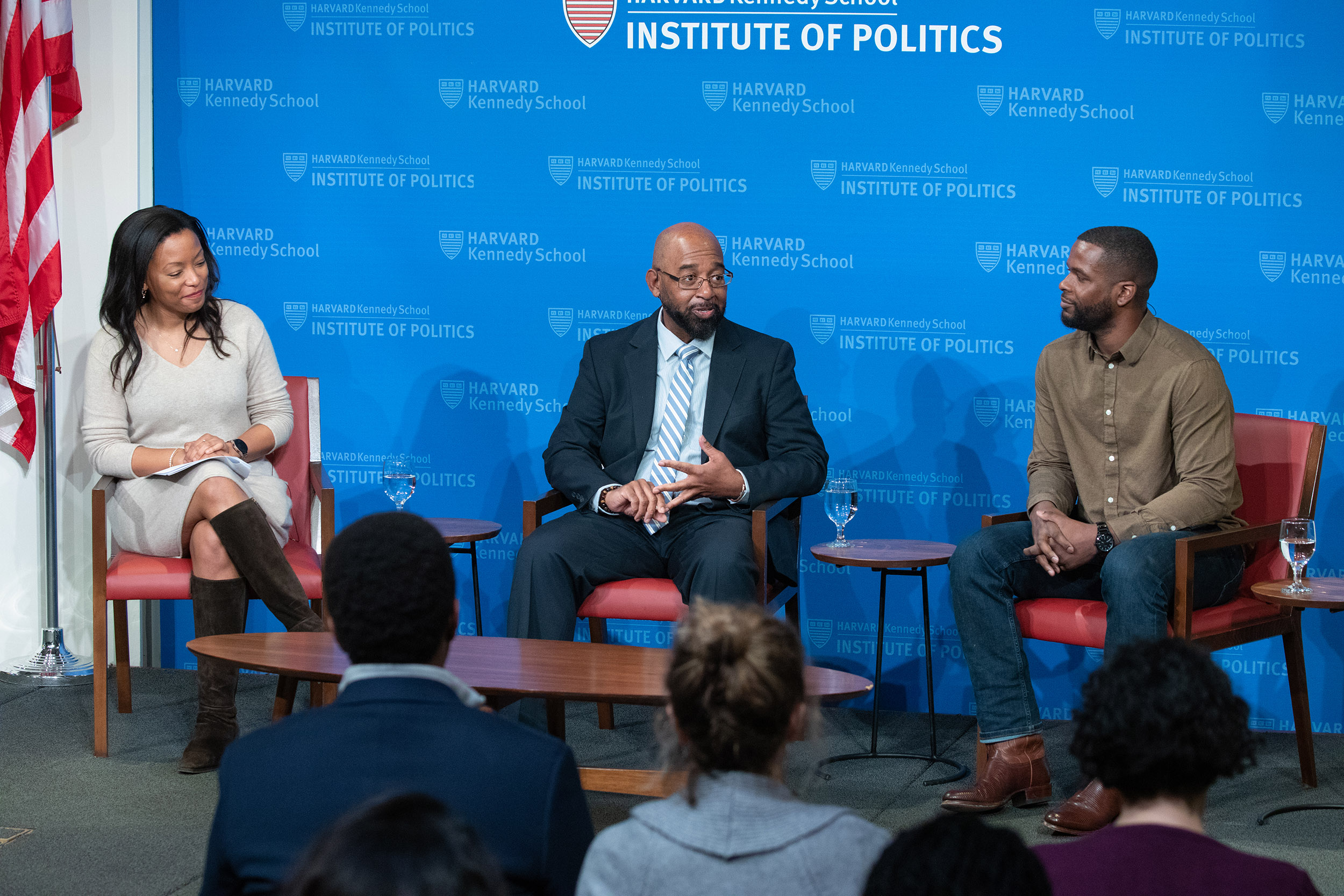
Panelists Marya T. Mtshali (from left), Reginald Chapple, and Tyrhee Moore.
Photo by Martha Stewart
Chapple, who has worked for the Park Service for 11 years, reflected on Jim Crow laws that once prevented Black Americans from enjoying a majority of these taxpayer-funded public spaces, tracing a line to impacts still being felt today.
“They should be accessible to everyone. And historically that just has not been the case,” he said, highlighting Park Service statistics from 2020 showing that 77 percent of park visitors and 78 percent of staff members are white.
In an effort to reckon with its racist history and promote diverse engagement, the organization is celebrating pioneers like singer Marian Anderson, whose 1942 performance on the National Mall defied the park’s segregation policy, and the Buffalo Soldiers, who served as the first park rangers in Yosemite and Sequoia.
In addition to updating signs and memorials across parks, Chapple said the bureau is also working to hire ambassadors to represent diverse participation in outdoor recreation, including actor Terrence J and members of Omega Psi Phi, the first international fraternal organization founded at a historically Black college.
Moore, whose mission at Soul Trak is to serve as a role model of diverse outdoor recreation, said, “Our organization is trying to do work to give people that permission, give them that access, give them the tools to be able to enjoy those places because unfortunately, for such a long time, they’ve been told how and when they can do those things.”
The talk was hosted by the Institutional Antiracism and Accountability Project at the Ash Center and the Institute of Politics and was part of the Ash Center’s “Looking Back, Paying it Forward” speaker series.



